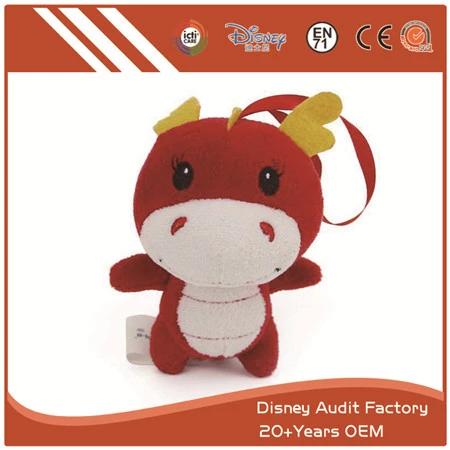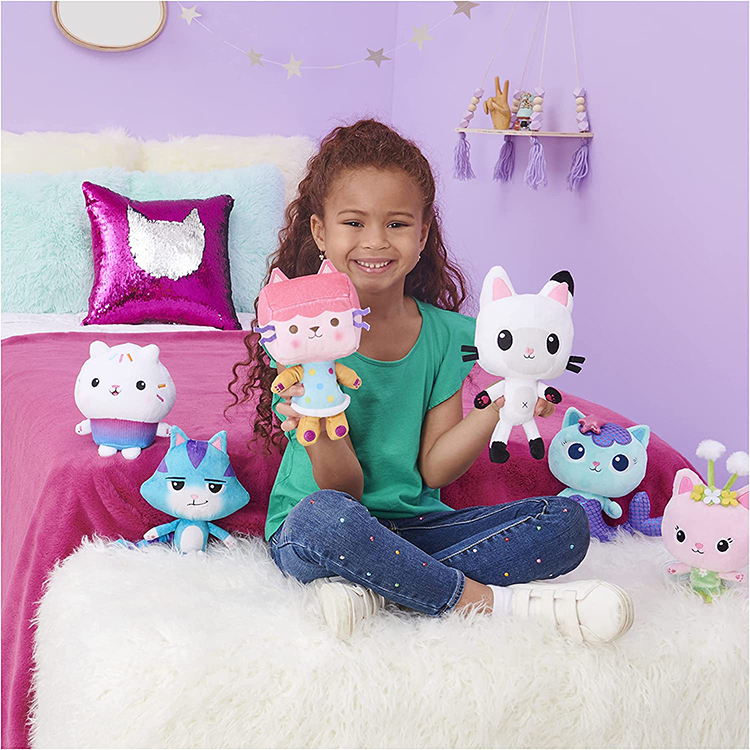The history of toys in China (part three)
14. The Tang Dynasty was the heyday of China's feudal society. The equal-field system and the tax system consisted of field tax, house tax, and labor corvee in agriculture had become a powerful guarantee for its economic development. On this basis, the industry and commerce were booming, and the production level of the handicraft industry was constantly improving, making the commodity category increasingly rich.
Of course, the toys in the Tang Dynasty had reached a certain level of development, mainly in toys made of various materials, and their subject matters were more colorful than before. The toys had distinctive art styles and were beautifully crafted, reflecting the open-mindedness and fresh creativity that people had under a developed civilization. Many of the Tang Dynasty toys that have been handed down today are glazed pottery dolls, whose theme were mainly characters, animals, and daily necessities. Compared with before, the style was quite superb in both production and artistic style.
Toys unearthed in Tongguan Kiln, Changsha, Shouzhou Kiln, Huainan, Huangye Kiln, Gongyi, Henan, Bacun Kiln, Yuzhou, etc., were mainly small animals. There were some tri-colored toys unearthed at the Huangye three-color kiln site in Gongyi, Henan, whose types include lions, dogs, elephants, pigs, etc., as well as figurines with spherical heads, beast heads or wearing hufu.
15. In the Song Dynasty (especially during the Northern Song Dynasty), the economic development of the Central Plains, the region and time of market exchange were no longer officially restricted, which gave commercial activities a wider range, and there was an extremely active situation. Folk crafts, such as paper-cutting, lanterns, shadow puppets, kites, flourished. The characteristics of the development of toys in this period are manifested in the development and creation of more and more different kinds of toys. There were a wide variety of toys, far more than the number of previous types. As mentioned earlier in Part One, the first document that recorded the word "wanju" (toy) was A Dream of Sorghum, written by Wu Zimu in the Song Dynasty.
16. The folk customs of the Yuan Dynasty inherited the legacy of the Song Dynasty. From the children's toys in the literary painting Huolangtu (a picture of a merchant) by Wang Zhenpeng in the Yuan Dynasty, the variety and shapes were roughly the same as those of the Song Dynasty. The most important new feature is that the theme of toys was influenced by Yuan Zaju (poetic music dramas) that was prevailing at the time.

Of course, the toys in the Tang Dynasty had reached a certain level of development, mainly in toys made of various materials, and their subject matters were more colorful than before. The toys had distinctive art styles and were beautifully crafted, reflecting the open-mindedness and fresh creativity that people had under a developed civilization. Many of the Tang Dynasty toys that have been handed down today are glazed pottery dolls, whose theme were mainly characters, animals, and daily necessities. Compared with before, the style was quite superb in both production and artistic style.
Toys unearthed in Tongguan Kiln, Changsha, Shouzhou Kiln, Huainan, Huangye Kiln, Gongyi, Henan, Bacun Kiln, Yuzhou, etc., were mainly small animals. There were some tri-colored toys unearthed at the Huangye three-color kiln site in Gongyi, Henan, whose types include lions, dogs, elephants, pigs, etc., as well as figurines with spherical heads, beast heads or wearing hufu.
15. In the Song Dynasty (especially during the Northern Song Dynasty), the economic development of the Central Plains, the region and time of market exchange were no longer officially restricted, which gave commercial activities a wider range, and there was an extremely active situation. Folk crafts, such as paper-cutting, lanterns, shadow puppets, kites, flourished. The characteristics of the development of toys in this period are manifested in the development and creation of more and more different kinds of toys. There were a wide variety of toys, far more than the number of previous types. As mentioned earlier in Part One, the first document that recorded the word "wanju" (toy) was A Dream of Sorghum, written by Wu Zimu in the Song Dynasty.
16. The folk customs of the Yuan Dynasty inherited the legacy of the Song Dynasty. From the children's toys in the literary painting Huolangtu (a picture of a merchant) by Wang Zhenpeng in the Yuan Dynasty, the variety and shapes were roughly the same as those of the Song Dynasty. The most important new feature is that the theme of toys was influenced by Yuan Zaju (poetic music dramas) that was prevailing at the time.




